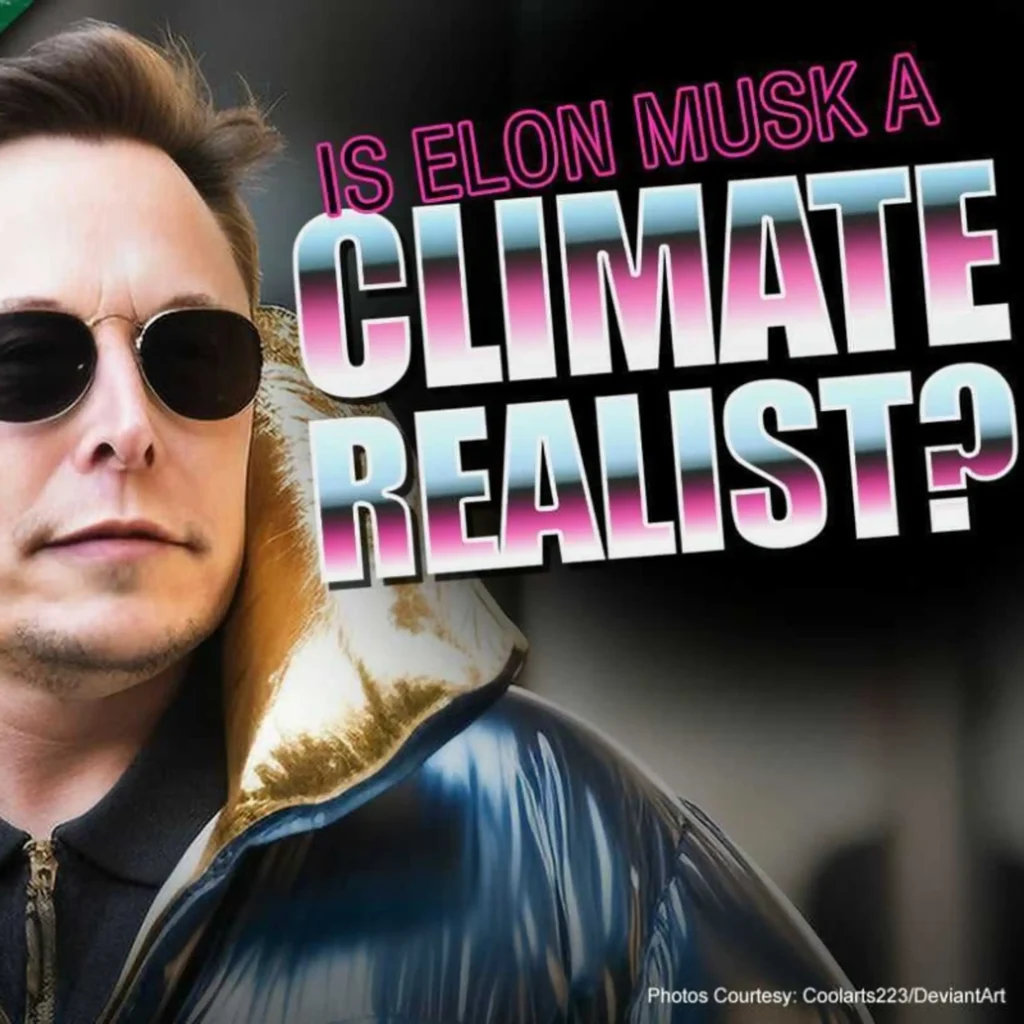Sens. Jay Rockefeller (D-WV) and Frank Lautenberg (D-NJ) have introduced legislation that would require annual per-capita reductions in driving each year. Another bill, the National Transportation Objectives Act, introduced by Reps. Rush Holt (D-IN), Russ Carnahan (D-MO), and Jay Inslee (D-WA), would require a 16 percent reduction in driving in 20 years.
A highly publicized July report by the Urban Land Institute, titled Moving Cooler, also called for policies reducing the vehicle miles traveled (VMT) by people in their cars. The reductions would be forced by highly intrusive land use policies allowing for only minor expansion of roadway capacity and forcing almost all new development to be within existing urban footprints. It would employ such radical strategies as forcing people to pay $400 per year to park their cars in front of their own homes.
The assumption behind these initiatives is that reducing driving will produce substantial reductions in greenhouse gas emissions. Moving Cooler, for example, assumes for every 10 percent reduction in driving miles there will be a 9 percent reduction in greenhouse gas emissions.
Meager Impact of Reduction
But things are not nearly so simple. The evidence suggests reducing vehicle miles does not produce a similar reduction in greenhouse gases from cars.
It is well-known that as congestion increases, so does fuel consumption, due to longer idling periods, such as at signals or in stopped traffic, more acceleration, and more deceleration. Not only does fuel economy drop when average speeds drop, but it drops even further when traffic congestion intensifies.
Yet it is precisely more intense traffic congestion that we can expect if federal laws and policies should force most development into present urban footprints.
Between 2010 and 2030, nearly 70,000,000 residents will be added to U.S. urban areas, an increase of more than 25 percent. This increase would mean the legislation introduced by Reps. Holt, Carnahan, and Inslee would require a one-third reduction in per-capita driving to achieve its overall 16 percent reduction.
Serious Economic Cost
A serious economic toll would be produced by more gridlocked urban areas, because of the positive relationship between personal mobility and economic performance. Remy Prud’homme and Chang-Woon Lee of the University of Paris have shown greater economic mobility is associated with greater economic growth. Greater personal mobility also alleviates poverty, according to a Progressive Policy Institute study: “In most cases, the shortest distance between a poor person and a job is along a line driven in a car. Prosperity in America has always been strongly related to mobility and poor people work hard for access to opportunities.
“For both the rural and inner-city poor,” the report continues, “access means being able to reach the prosperous suburbs of our booming metropolitan economies, and mobility means having the private automobile necessary for the trip. The most important response to the policy challenge of job access for those leaving welfare is the continued and expanded use of cars by low-income workers.”
UCLA’s Lewis Center for Regional Policy Studies Program on Local Government Climate Action Policies also raised concern, in a submission to the California Air Resources Board, that policies aimed at reducing driving could damage the economy. “[P]olicies which seek to reduce VMT may hinder economic growth without reducing emissions,” the UCLA submission notes.
Alternatives Available
The relationship between greater mobility and economic prosperity is also demonstrated at the national level. This is vividly illustrated in the accompanying graph from the United States Department of Energy.
The significant improvements in fuel economy from higher-mileage cars and less carbon-intensive fuels will do far more to reduce greenhouse gas emissions from cars than the meager results that can be achieved by heavy-handed policies to “coerce” people out of their cars (as Secretary of Transportation Ray LaHood put it). And, critically, such improvements would do so with far less harm to both economic and physical mobility.
Wendell Cox ([email protected]) is a visiting professor at the Conservatoire National des Arts et Metiers in Paris, France. This article was originally published in New Geography and is reprinted with permission.




